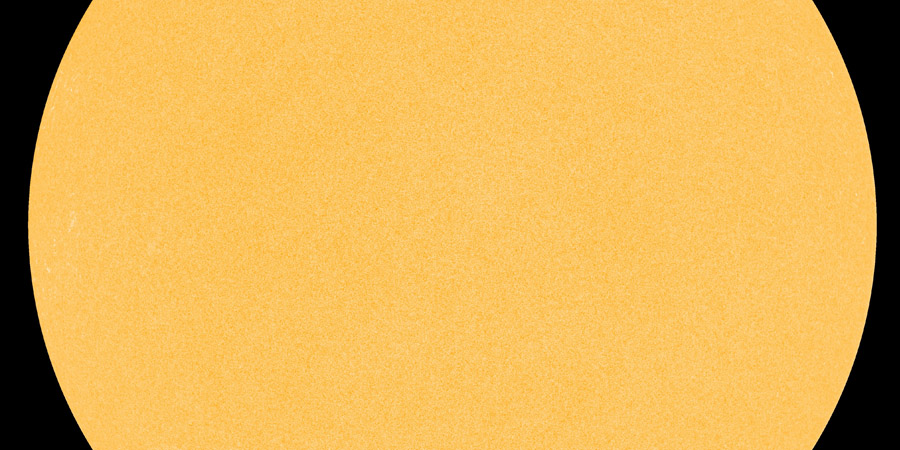Spotless Sun, Coronal hole
Saturday, 18 March 2017 17:03 UTC

Solar activity remains very low today (A-class only!) as there are no sunspot regions on the earth-facing disk at the moment. This is already the 13th consecutive day without any numbered sunspot regions on the earth-facing disk and its a sight we will have to get used to as we are trending towards solar minimum. Okay, we now know that we shouldn't expect any solar flares any time soon so... what do we exactly have to look out for? Yes! Coronal holes!
...and guess what... its our lucky day today as we have a very nice coronal hole facing our planet today!
A coronal hole is facing Earth. Enhanced solar wind could arrive in ~3 days - Follow live on https://t.co/T1Jkf6i4Cb pic.twitter.com/9VPyIsb78x
— SpaceWeatherLive (@_SpaceWeather_) March 18, 2017
Its a familiar solar feature as we have seen this coronal hole before. A quick look into our ever expanding archive (yes that is indeed a teaser) reveals that this coronal hole changed a quite a bit since the last time it faced our planet almost one month ago. While the extension west of the main opening seems to have closed up quite a bit, the main opening has increased in size and that is great news for us sky watchers. Larger coronal holes in general provide us with a faster solar wind stream that pushes a stronger Co-rotating Interaction Region (CIR) ahead of the stream. For those who think that was incomprehensible gibberish: bigger coronal holes often cause more aurora than small coronal holes! Who would have thought!
The solar wind stream should take about three days to arrive at our planet which gives us an estimated arrival on 21 March. The NOAA SWPC has not yet issued a geomagnetic storm watch but we think minor G1 geomagnetic storm conditions are likely on 21 and perhaps 22 of March. Well worth the effort to keep an eye on the real-time solar wind data in the days ahead!
Thank you for reading this article! Did you have any trouble with the technical terms used in this article? Our help section is the place to be where you can find in-depth articles, a FAQ and a list with common abbreviations. Still puzzled? Just post on our forum where we will help you the best we can!
Latest news
Latest forum messages
Support SpaceWeatherLive.com!
A lot of people come to SpaceWeatherLive to follow the Sun's activity or if there is aurora to be seen, but with more traffic comes higher server costs. Consider a donation if you enjoy SpaceWeatherLive so we can keep the website online!

Space weather facts
| Last X-flare | 2025/03/28 | X1.1 |
| Last M-flare | 2025/04/22 | M1.3 |
| Last geomagnetic storm | 2025/04/21 | Kp5+ (G1) |
| Spotless days | |
|---|---|
| Last spotless day | 2022/06/08 |
| Monthly mean Sunspot Number | |
|---|---|
| March 2025 | 134.2 -20.4 |
| April 2025 | 121.5 -12.7 |
| Last 30 days | 114.6 -22.2 |


